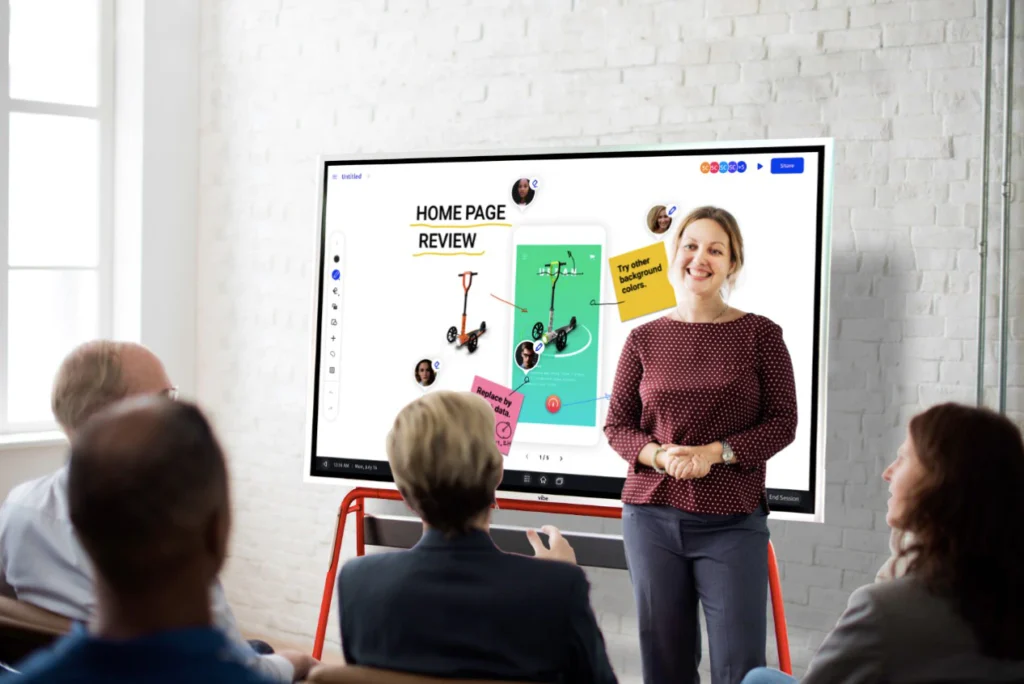How to Be a Good Public Speaker | Mastering the Art of Effective Communication
Public speaking is an essential skill in today’s world. Whether you’re presenting at work, speaking at an event, or addressing a small group, being a good public speaker can enhance your confidence and influence. However, mastering the art of public speaking takes practice, preparation, and an understanding of what makes speeches engaging and memorable. In this blog, we will explore how to be a good public speaker by breaking down key strategies, tips, and methods to help you succeed.
The Importance of Public Speaking Skills
Public speaking skills are important for professionals, students, and leaders. A good public speaker can convey ideas clearly, inspire others, and effectively communicate complex information. These skills can help you excel in interviews, lead teams, and influence decisions in any setting.
Understanding the Audience | A Crucial Part in Becoming a Good Public Speaker

To become a good public speaker, it is crucial to understand your audience. You must know their interests, needs, and expectations. By understanding your audience, you can tailor your message to make it more relevant and engaging. Moreover, knowing what your audience values can guide your speech’s tone, language, and content.
For instance, if you’re addressing a group of professionals, use industry-specific terms. On the other hand, for a general audience, use simpler language. Transitioning smoothly between ideas ensures your speech flows seamlessly and keeps the audience engaged throughout.
Organizing Your Speech
One key aspect of becoming a good public speaker is organizing your thoughts clearly. Structured speeches help convey your message in a way that is easy to understand and remember. Start with an engaging introduction, followed by the main points, and end with a strong conclusion. Each section should be connected with smooth transitions so that the audience can follow your speech effortlessly.
An introduction should grab attention immediately. It can include a surprising fact, a question, or a short anecdote. This way, you capture the audience’s focus right from the start. Following this, move on to the body of your speech, where you delve into the key points. Make sure to back up your points with examples or data, but keep the sentences concise.
Developing Confidence as a Public Speaker
Confidence is the backbone of public speaking. To be a good public speaker, you need to develop the confidence to face an audience without hesitation. One effective way to build confidence is through practice. Practice helps you become familiar with your content and allows you to experiment with different speaking styles.
Rehearsing your speech several times before the actual presentation will help reduce anxiety. Try practicing in front of a mirror or recording yourself to see how you appear and sound. This will give you a chance to fine-tune your facial expressions, gestures, and pacing. Furthermore, the more you practice, the more natural your speech will become, and this will give you a sense of control over the situation.
Body Language and Non-verbal Communication

When delivering a speech, nonverbal cues play a significant role in how your message is received. A good public speaker uses body language to reinforce their spoken words. Make eye contact with the audience to establish a connection and project confidence. However, avoid staring at one person or one part of the room for too long.
Gestures should complement what you’re saying. For example, when emphasizing a point, use your hands to make the idea clearer. While it’s important to use gestures, be mindful of overdoing them. Too many gestures can distract the audience from your message. Your posture also matters—stand tall, and avoid slouching. A well-maintained posture communicates authority and confidence.
Engaging Your Audience

One of the most important aspects of public speaking is keeping the audience engaged. A good public speaker knows how to maintain the audience’s interest throughout the speech. To do this, you must create a dialogue with your audience, rather than simply talking at them.
You can ask questions during your speech, either rhetorical or interactive. For example, you might say, “Have you ever experienced this situation?” Such questions make the audience think and feel involved. Furthermore, storytelling is an excellent way to keep people engaged. Stories are relatable and often evoke emotions, which helps listeners connect with your message on a deeper level.
Another way to engage your audience is by varying your vocal delivery. Change your tone, pace, and volume to emphasize key points. A monotonous voice can quickly lose the audience’s attention, while vocal variety can make your speech dynamic and exciting.
Handling Nerves and Anxiety
Many people experience nervousness before giving a speech. It’s normal to feel some anxiety, especially when speaking to a large group. However, a good public speaker learns how to manage these feelings to deliver a strong performance. One effective technique is deep breathing. Before your speech, take deep breaths to calm your nerves and center your thoughts.
Visualizing success can also help reduce anxiety. Imagine yourself giving the perfect speech, where the audience is engaged, and your message is well-received. This positive mental imagery can boost your confidence and reduce fear. Another strategy is to focus on the message rather than the fear of making mistakes. If you concentrate on delivering value to your audience, you’ll feel less self-conscious and more relaxed.
It’s also important to remember that even the best speakers make mistakes. If you stumble over a word or lose your train of thought, don’t panic. Simply pause, take a breath, and continue. Your audience is likely more focused on the content than any minor missteps.
Using Visual Aids as a Tool to Become a Good Public Speaker

Visual aids can enhance your speech if used properly. A good public speaker knows how to use visuals to support the main points without overshadowing the speech. PowerPoint slides, videos, or infographics should be clear, concise, and relevant to the topic. Avoid cluttering your slides with too much text or unnecessary images.
Instead, use visual aids to highlight important statistics, concepts, or quotes. This helps the audience remember key takeaways and makes your speech more impactful. However, remember that visual aids should supplement your speech, not replace it. Your spoken words should be the primary focus, with visuals serving as reinforcement.
When using visual aids, make sure you’re familiar with the technology you’ll be using. Technical issues can disrupt the flow of your speech, so test everything beforehand. If a problem arises during the presentation, stay calm and handle it with grace. Your professionalism in such situations can leave a lasting impression on your audience.
Crafting a Strong Conclusion
The conclusion of your speech is your final chance to leave a lasting impact. A good public speaker always ends with a clear and memorable takeaway. Summarize your key points and restate the main message in a concise manner. A strong conclusion ties everything together and reinforces the importance of your message.
In addition, a powerful closing statement can motivate your audience to take action. You might end with a call to action, encouraging your listeners to apply what they’ve learned or reflect on the topic further. For example, you could say, “Let’s make a commitment to communicate more effectively in our daily lives.”
Finally, express gratitude to your audience for their attention. A simple “Thank you for your time” or “I appreciate your attention” can leave a positive impression.
Practicing Voice Modulation and Tone

A good public speaker knows how to use their voice to convey different emotions and emphasize key points. Voice modulation refers to changing your pitch, volume, and speed to make your speech more dynamic. For instance, when making an important point, you might lower your voice to draw the audience in. Conversely, raising your voice slightly can add excitement or urgency to a statement.
Tone is equally important. A respectful and confident tone helps establish credibility and trust with the audience. However, avoid sounding too formal or robotic. Your tone should be natural and engaging, making your speech feel like a conversation rather than a lecture.
Pauses | A Good Public Speaker's Best Friend
Pauses are a powerful tool in public speaking. A good public speaker knows when to pause for emphasis or to give the audience time to absorb important information. A well-placed pause can highlight a key point, allowing the audience to reflect on it.
Additionally, pausing gives you a moment to collect your thoughts. Instead of rushing through your speech, take brief pauses to maintain a calm and composed delivery. This also helps prevent you from speaking too quickly, which is a common mistake among nervous speakers.
Adapting to Different Types of Public Speaking
Not all public speaking situations are the same. A good public speaker understands how to adapt their style to different contexts, whether it’s a formal business presentation, an informal speech at a wedding, or a motivational talk at a school.
In a professional setting, the tone might be more formal and the content more data-driven. In contrast, a personal or motivational speech might be more emotional and casual. Regardless of the context, the key is to be flexible and adjust your speech to suit the occasion.
Conclusion
Becoming a good public speaker is an ongoing journey that involves practice, self-awareness, and adaptation. By understanding your audience, organizing your thoughts, and mastering both verbal and nonverbal communication, you can deliver speeches that leave a lasting impact. Confidence, engagement, and clarity are key traits of effective speakers, and with continuous improvement, anyone can develop these public speaking skills.
Remember to use pauses for emphasis, adjust your tone to fit the context, and most importantly, connect with your audience on a deeper level. Public speaking is not just about delivering a message—it’s about making your message resonate with people.
For more resources about music education, public speaking, and much more, visit The Mystic Keys. You can also follow us on our social media platforms for exciting content and updates: Facebook, Instagram, YouTube, LinkedIn, Twitter, Pinterest, Reddit, Threads, and Quora.








